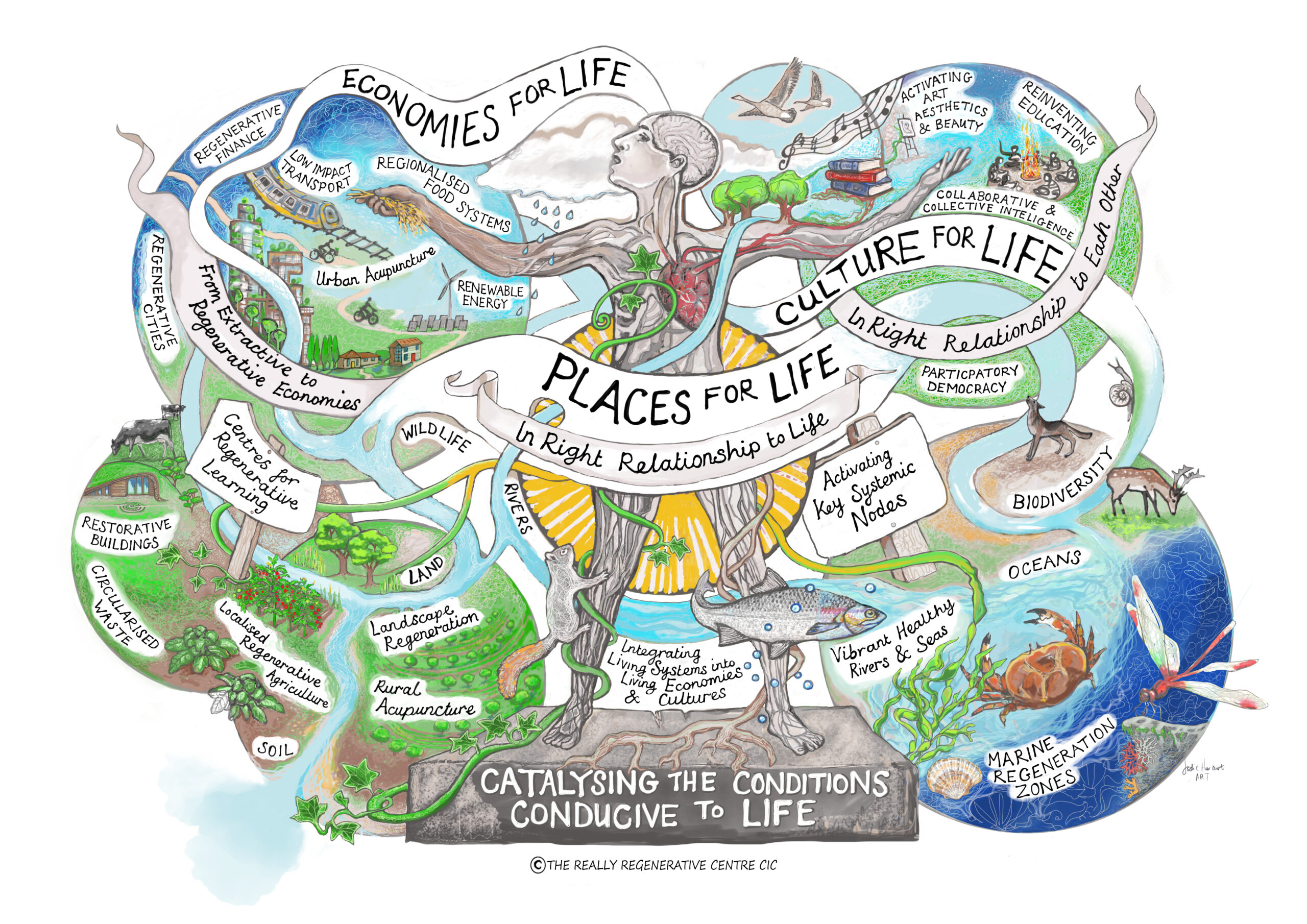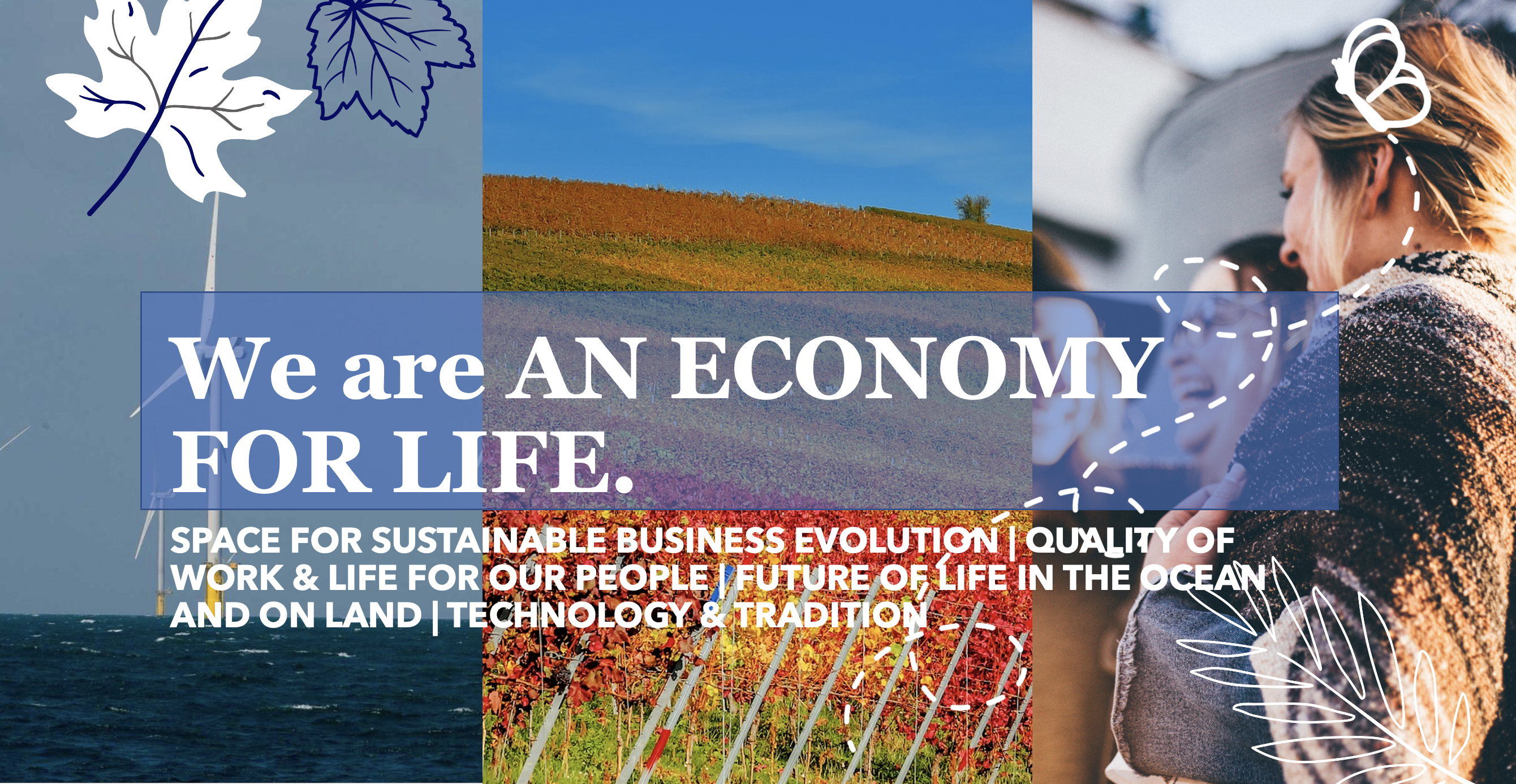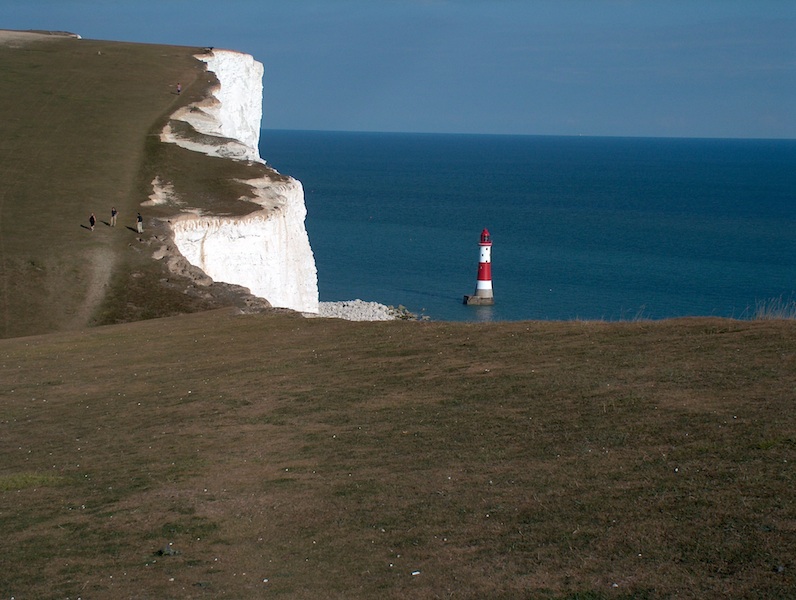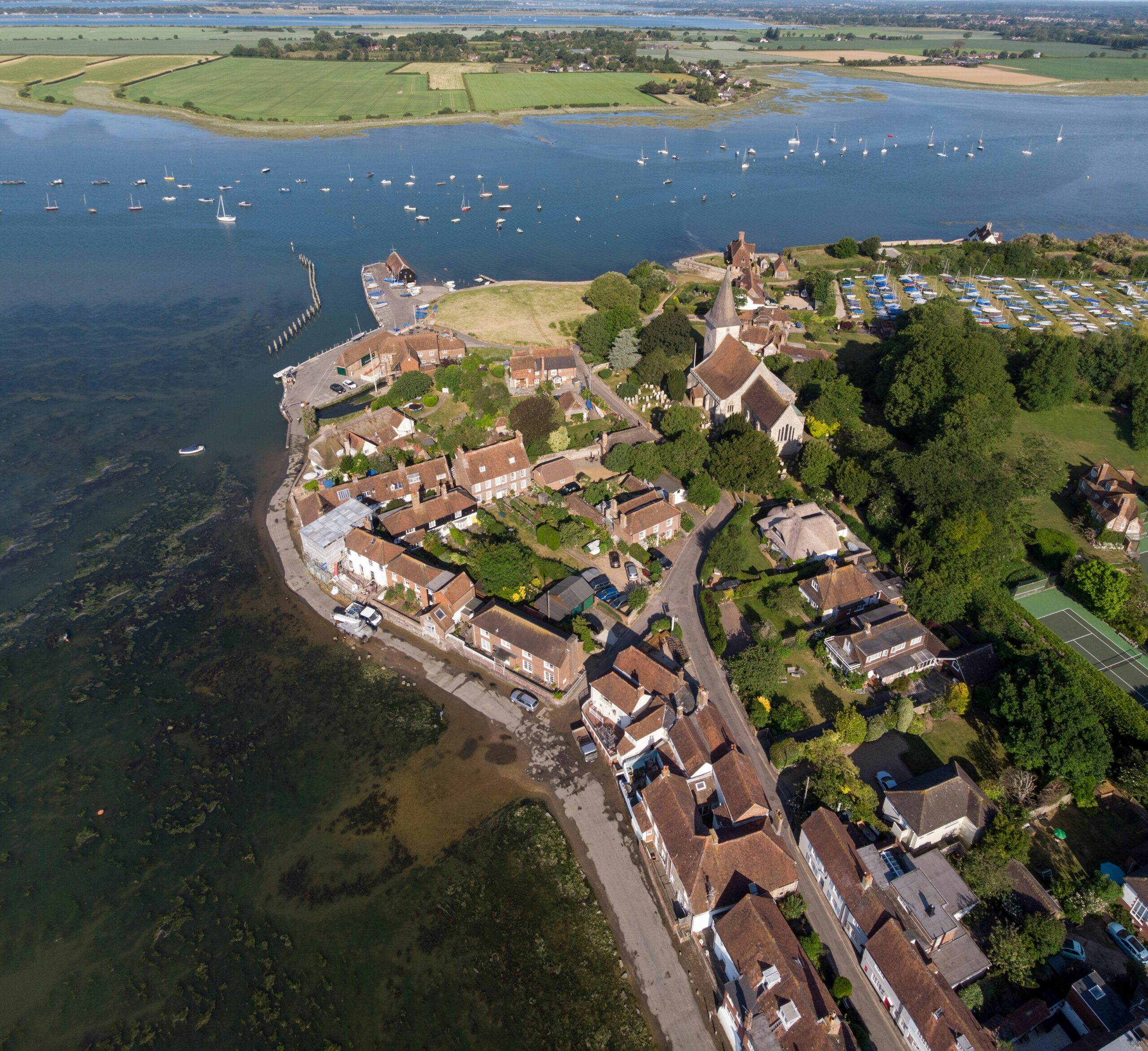BIOREGIONAL DESIGN & DEVELOPMENT
We are living in an age in which a once in 500 year transformation is taking place. In our times, we the human species, has created the first ever truly planetary civilisation. Our interconnected, entangled global economies and cultures are a reality that is pushing us towards the sixth mass extinction on earth.
Multiple global challenges are converging. Climate change. Biodiversity loss. Ocean acidification. Soil erosion. Our life support systems that have guaranteed life on earth for 3.8 billion years through change and turbulence are moving towards a critical phase of collapse. These challenges are symptoms of a dying worldview that is no longer fit for purpose.
Concurrently, the human economic and social systems we have designed are beginning to fail. Our extractive growth-oriented economic models are in direct opposition to the demands of a finite planet under existential threat. Our health systems, food systems, education systems, governance and finance systems are all creaking, slowing and gradually failing.
We need a new vision of how to meet these challenges and how to organise society in a way that supports future resilience no matter what this turbulent transition brings.
Bioregional design and development offers a hopeful and robust approach to regional organisation.
About Bioregional design.
WHAT IS A BIOREGION?
A definition from the World Resources Institute.
“A bioregion is a land and water territory whose limits are defined not by political boundaries, but by the geographical limits of human communities and ecological systems. Such an area must be large enough to maintain the integrity of the region’s biological communities, habitats, and ecosystems; to support important ecological processes, such as nutrient and waste cycling, migration, and stream flow. It must be large enough to meet the habitat requirements of keystone and indicator species; and to include the human communities involved in the management, use, and understanding of biological resources. It must be small enough for local residents to consider it home.”
A bioregion would typically embrace thousands to hundreds of thousands of hectares. It may be no bigger than a small watershed or as large as a small state or province. In special cases, a bioregion might span the borders of two or more countries.
A bioregion is also defined by its people. It must have a unique cultural identity and be a place in which local residents have the primary right to determine their own development. This primary right does not, however, imply an absolute right. Rather, it means that the livelihoods, claims, and interests of local communities should be both the starting point and the criteria for regional development and conservation. Within that framework many other state, investor, and other economic interests must be accommodated.” Read more.
A Bioregion for West Sussex?
For our region to be resilient in the future in the face of climate change, we believe there is a need for an independent backbone organisation which can serve the sustainable and resilient future of this area.
Really Regenerative CIC was originally conceived as a bioregional and regenerative learning centre for Sussex. Whilst our work has been both national and international, in 2025 we will be returning to focus on our original mission.
Our work will lie in bringing statutory bodies, NGOs, individuals and communities together to address whole-systems change towards a flourishing bioregion. That means finding practical ways to work collaboratively towards long-term economic, ecological and social resilience.
Our Vision
A flourishing, resilient, bioregion where we are inspired to find purpose, and where we care for the ecology, economy and culture of this place we call home.
Our Mission
To grow a learning network across the whole community, reflective of this region’s uniqueness through which we collaborate, co-create and tackle real world problems.
Our Purpose
We believe that by working together in practical and imaginative ways, citizens of the place we think of as ‘The Sussex Bowl’ which stretches from Arundel to Chichester and north to Midhurst and Petworth – can more effectively look after our natural assets, regenerate regional systems for food, water, energy and waste, strengthen community and culture, and enjoy future thrivability.
“I have spent several decades now trying to explore and understand the basic principles of ecology. And I’ve come to the conclusion that you can summarize all these principles of ecology by saying nature sustains life by generating and maintaining communities. Community seems to be the key issue here, that we know that no living organism can exist in isolation. And in the long history of evolution from the very first bacterial cells, which emerged about three and a half billion years ago, from that point, those cells formed communities known as bacterial colonies. And ever since then, nature has created and sustained communities at all levels of life.”
Fritjof Capra





